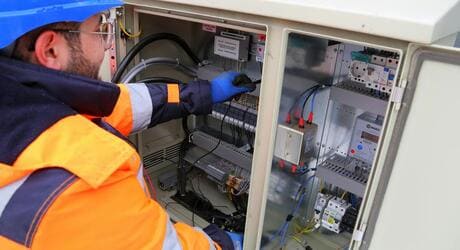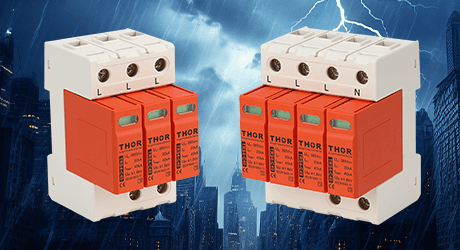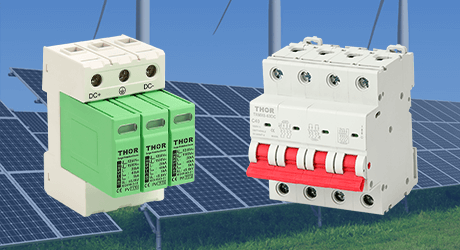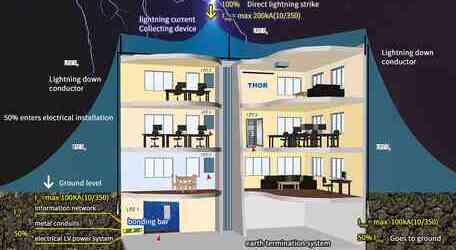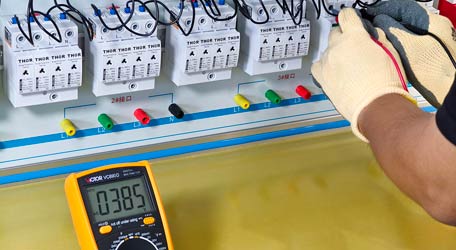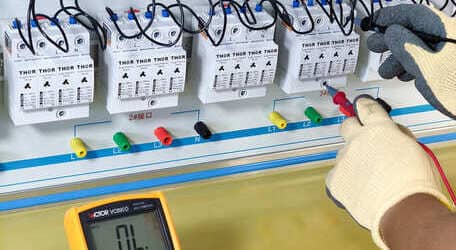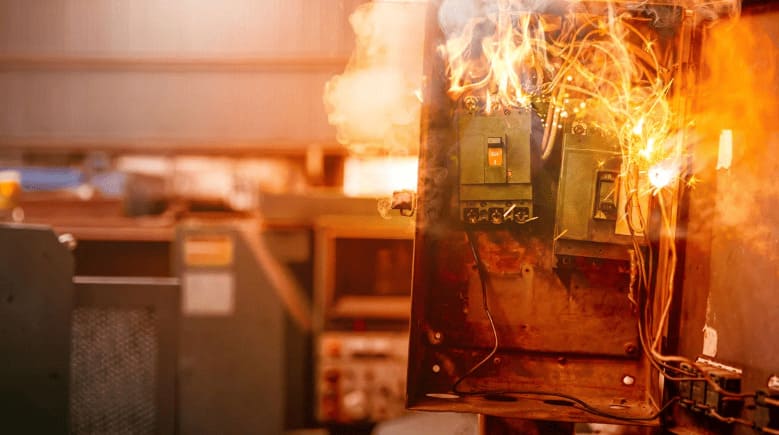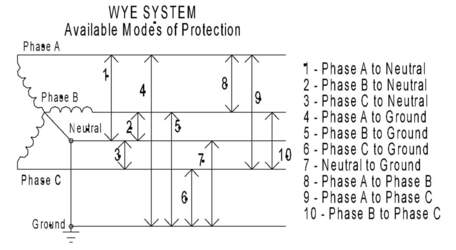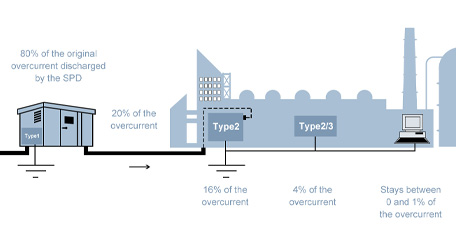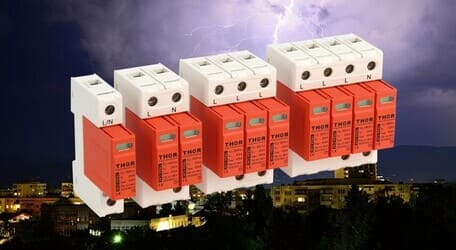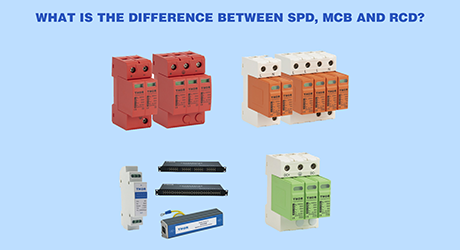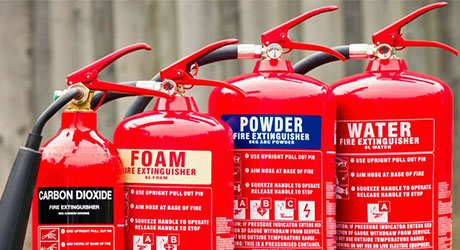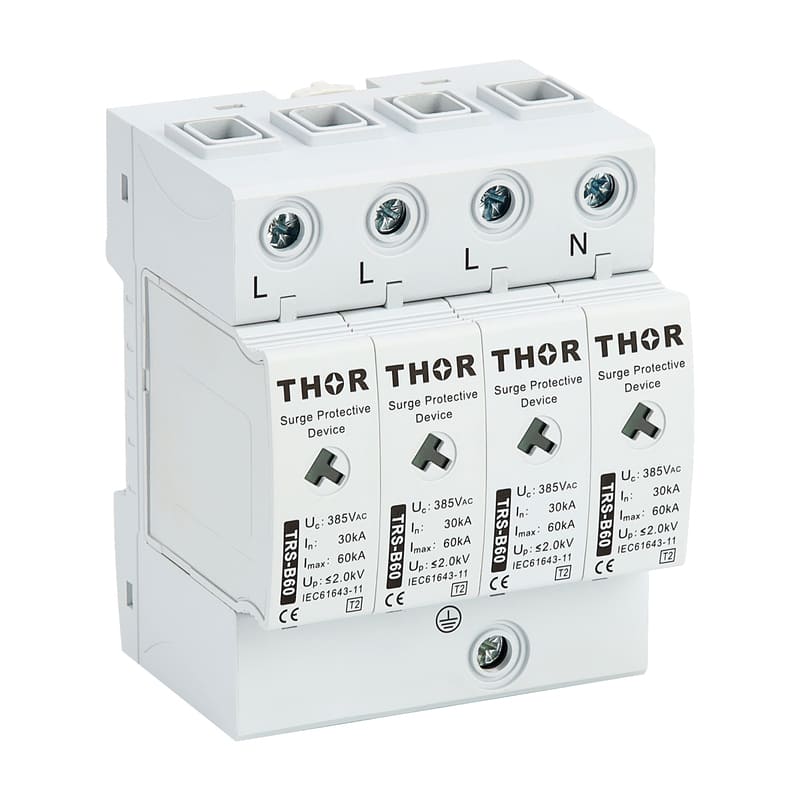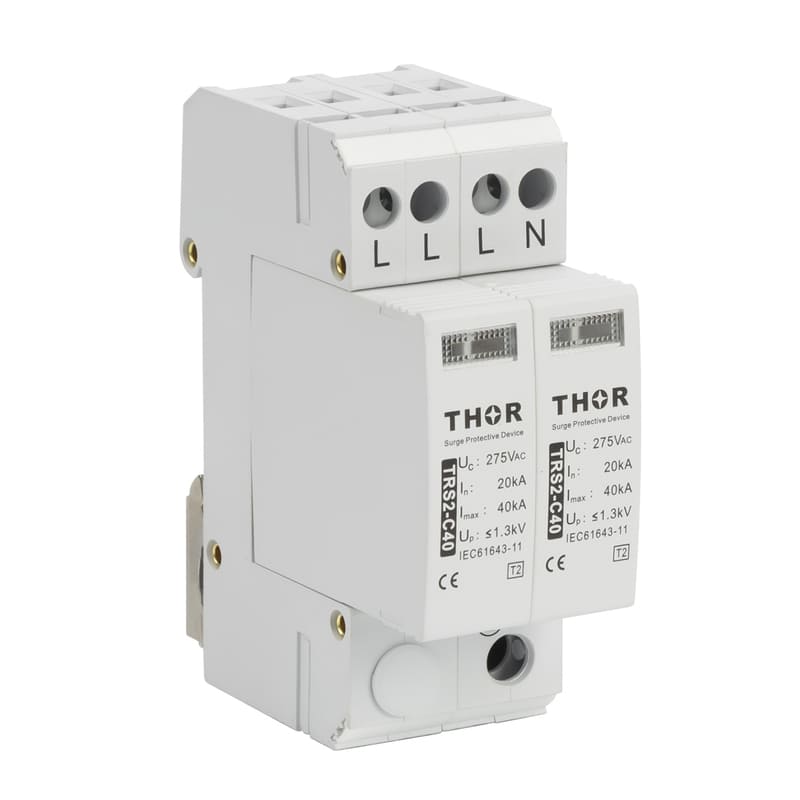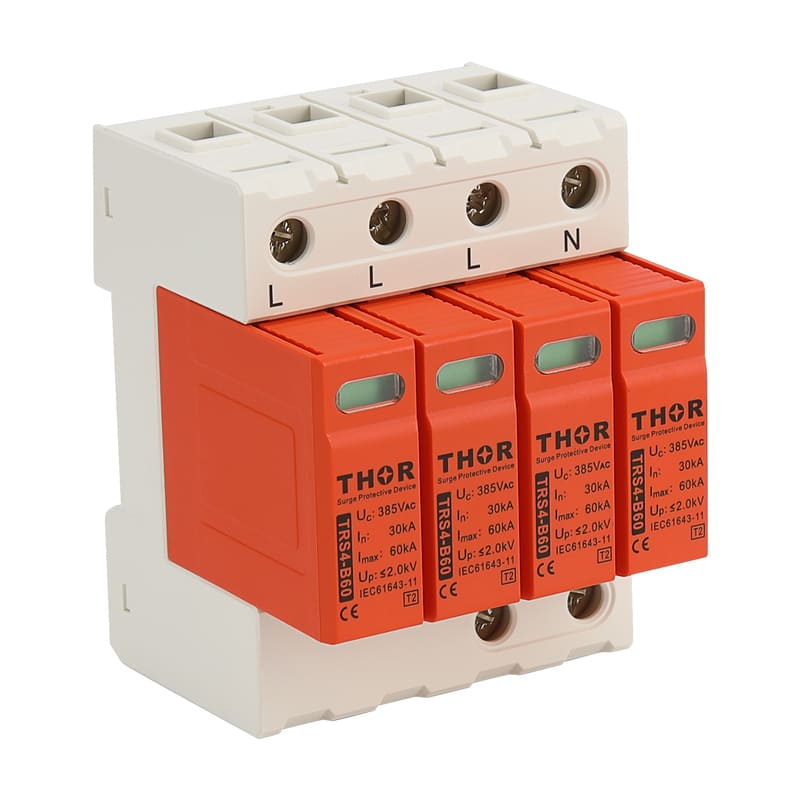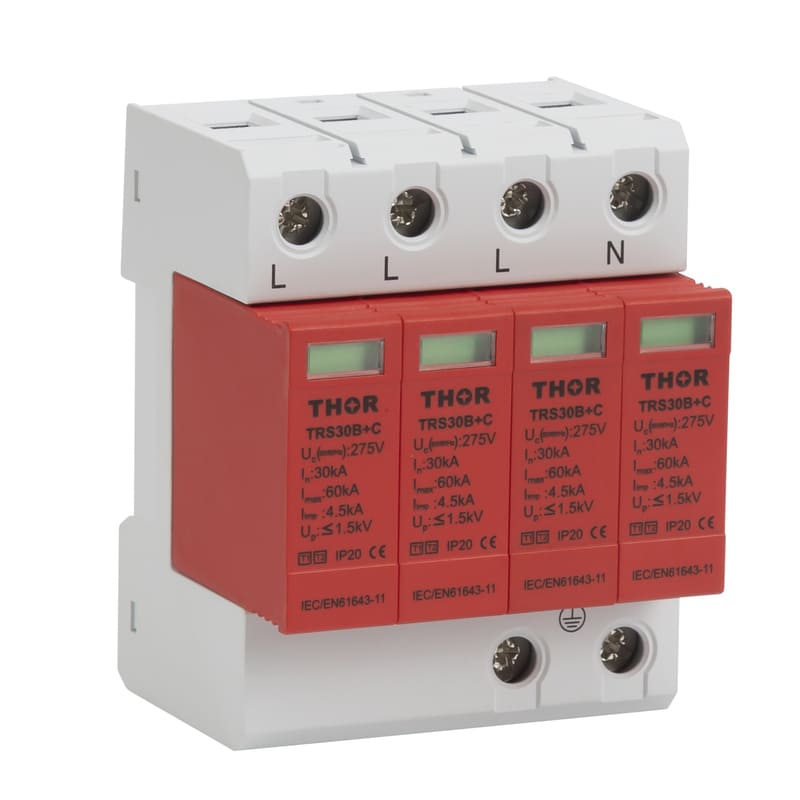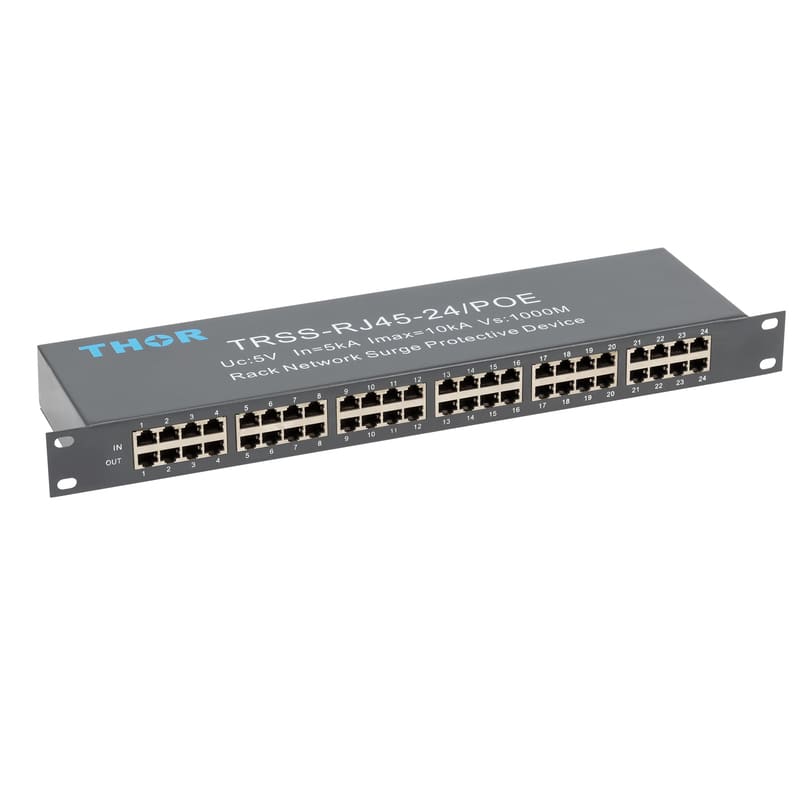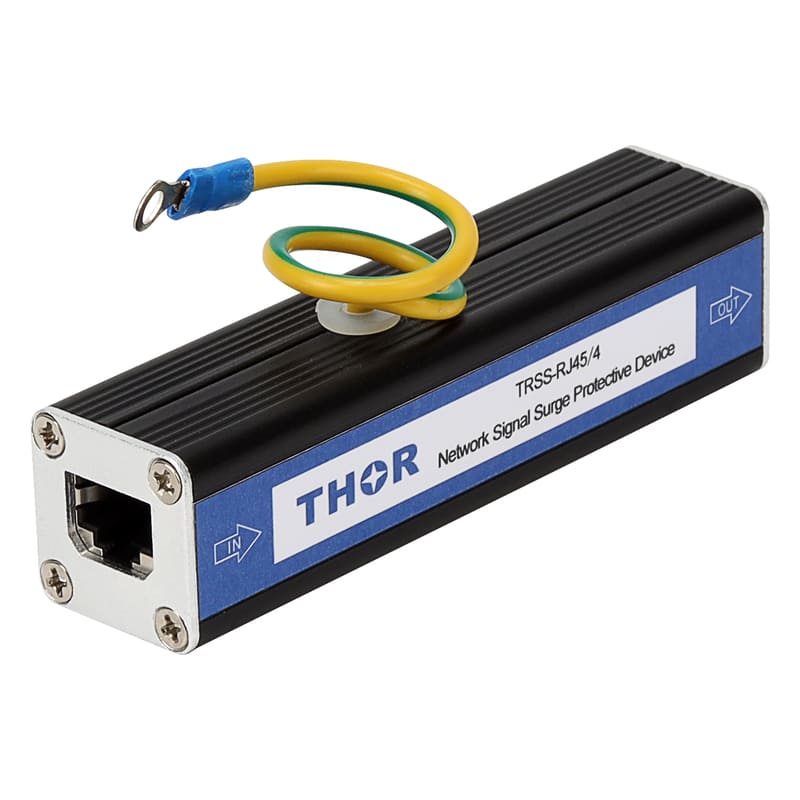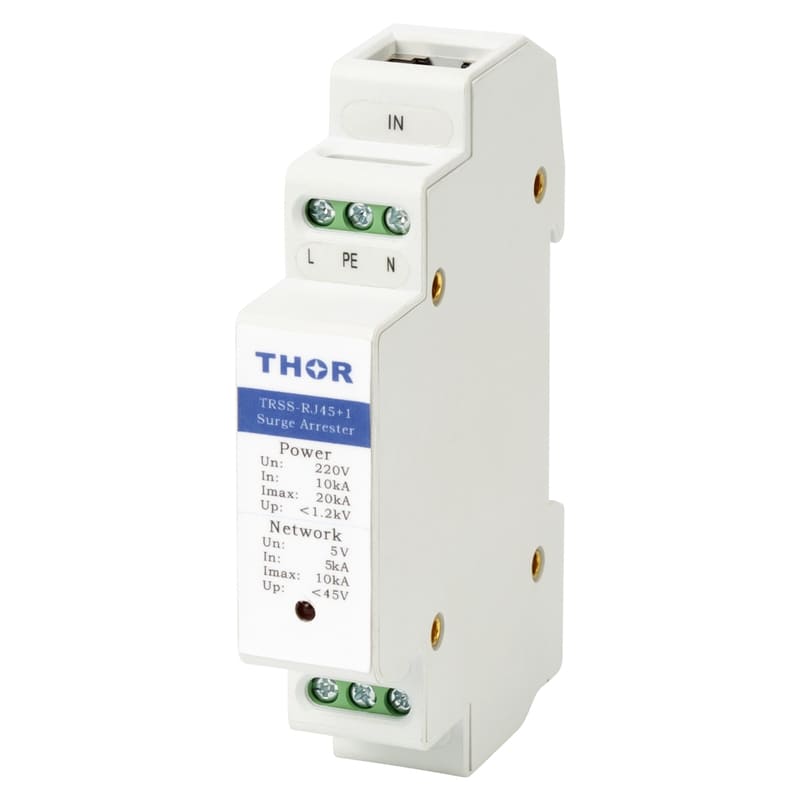Lightning protection of the substation
For the line lightning protection, only partial lightning protection is required, that is, according to the importance of the line, only a certain level of lightning resistance is required. And for the power plant, substation required complete lightning resistance.
Lightning accidents in power plants and substations come from two aspects: lightning strikes directly at power plants and substations; Lightning strikes on transmission lines generate lightning waves that invade power plants and substations along the way.
To protect the substation from direct lightning strikes, you need to install lightning rods, lightning rods, and well-laid grounding nets.
The installation of lightning rods (wires) should make all equipment and buildings in the substation within the protection range; There should also be enough space between the protective object and the lightning rod (wire) in the air and the underground grounding device to prevent counterattack (reverse flashover). The installation of lightning rod can be divided into independent lightning rod and framed lightning rod. The power frequency grounding resistance of the vertical lightning rod should not be greater than 10 ohms. The insulation of power distribution units up to and including 35kV is weak. Therefore, it is not appropriate to install a framed lightning rod, but an independent lightning rod. The electrical distance between the underground connection point of the lightning rod and the main grounding network and the ground point of the main transformer must be greater than 15m. In order to ensure the safety of the main transformer, lightning arrester is not allowed to be installed on the transformer door frame.
The main protection measures for the lightning intrusive wave are to limit the overvoltage amplitude of the arrester, and combine the protection of the incoming line segment to limit the lightning current flowing through the arrester and reduce the steepness of the intrusive wave. Incoming line protection: lightning protection measures are applied to a section of the line within 1~2km of the adjacent substation. In order to strengthen the lightning protection of the inlet section, the lightning arrester line should be set up in the inlet section for the 35~110kV line that is not set up along the whole line. For the high voltage substation with lightning arrester, the protection Angle and the grounding resistance of the tower can be reduced in the inlet section.
For 35~60kV neutral point is not grounded or through large inductance grounding power grid transformer, the neutral point is fully insulated, generally do not need protection. For the effective grounding system of 110kV and above neutral point, some transformers are not grounded at neutral point. If the insulation level of the transformer neutral point is classified insulation (for example, 35kV insulation is adopted at the neutral point of 110kV transformer and 110kV insulation is adopted at the neutral point of 220kV transformer, 330kV transformer neutral point with 154kV insulation), need to choose the same insulation level with the neutral lightning arrester for protection.
The volt-second characteristic curve of insulation is very flat, and its impact coefficient is close to one. The insulation level is mainly determined by the lightning impact voltage. It is better to use MOA with excellent protection performance. The structure is compact, the electrical distance between the equipment is small, the distance between the protected equipment and the arrester is close; Most of the insulation in GIS is slightly uneven electric field. Once corona occurs, it will immediately lead to breakdown and cannot be recovered. The wave impedance of the coaxial busbar in GIS is generally between 60 and 100Ω, which is much lower than that of the overhead line. The amplitude and steepness of the overvoltage wave invaded from the overhead line become significantly smaller after refraction.

